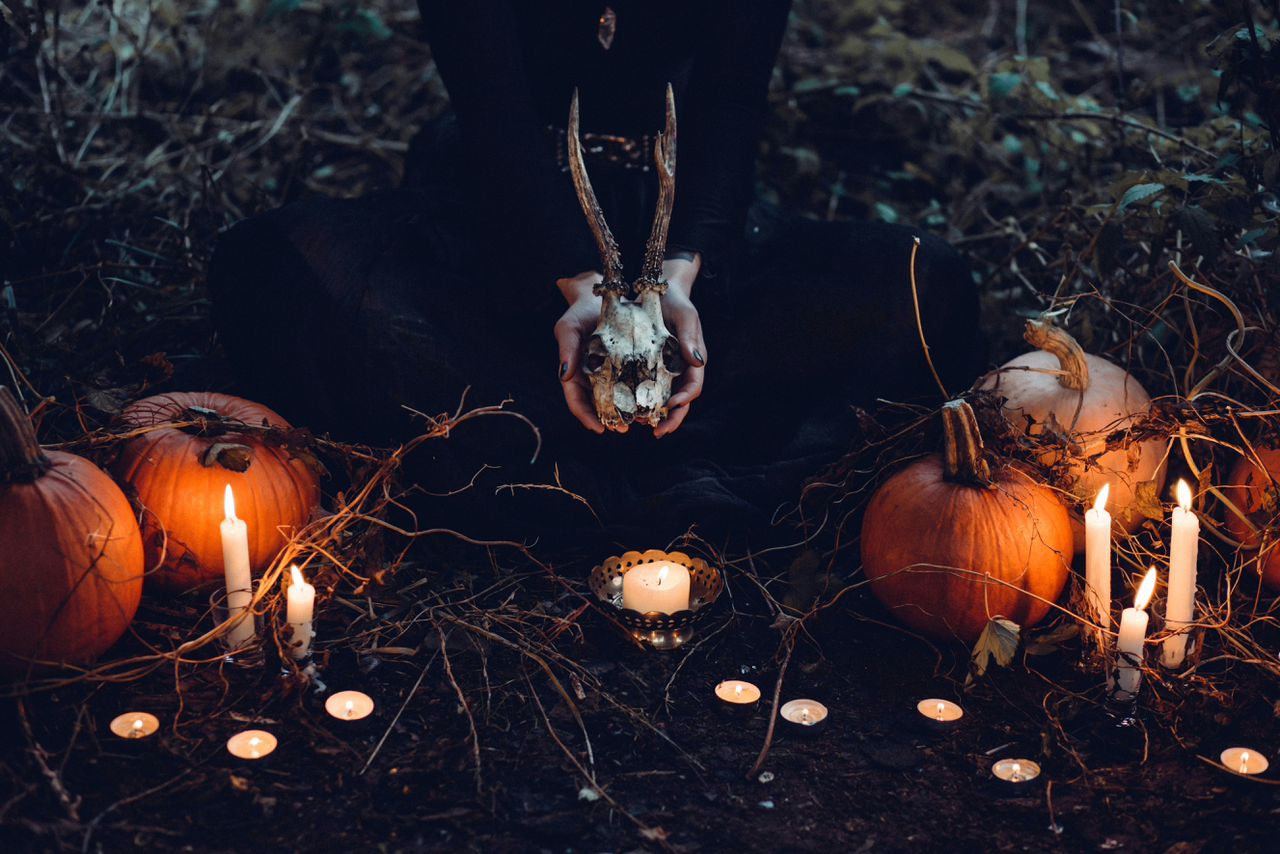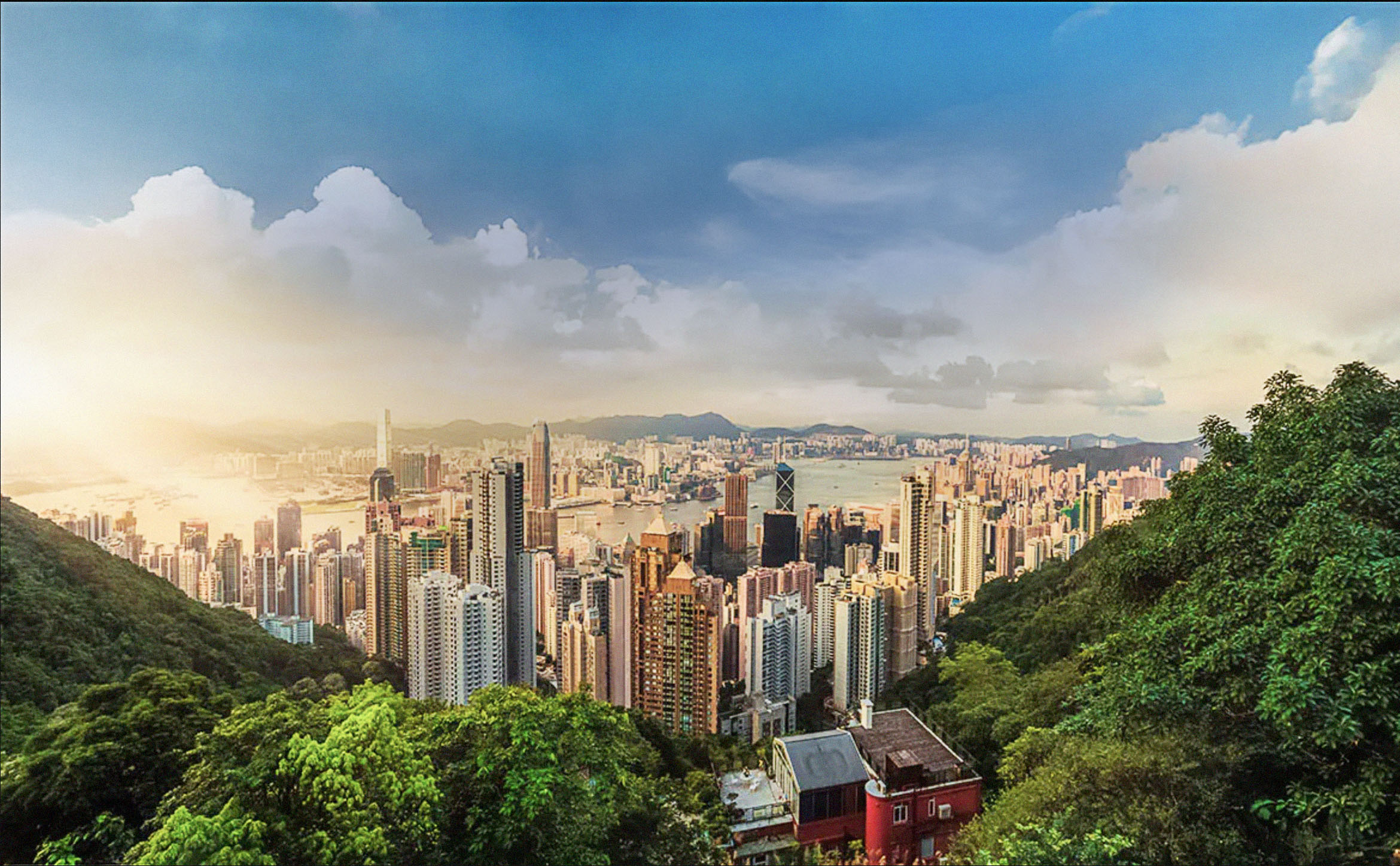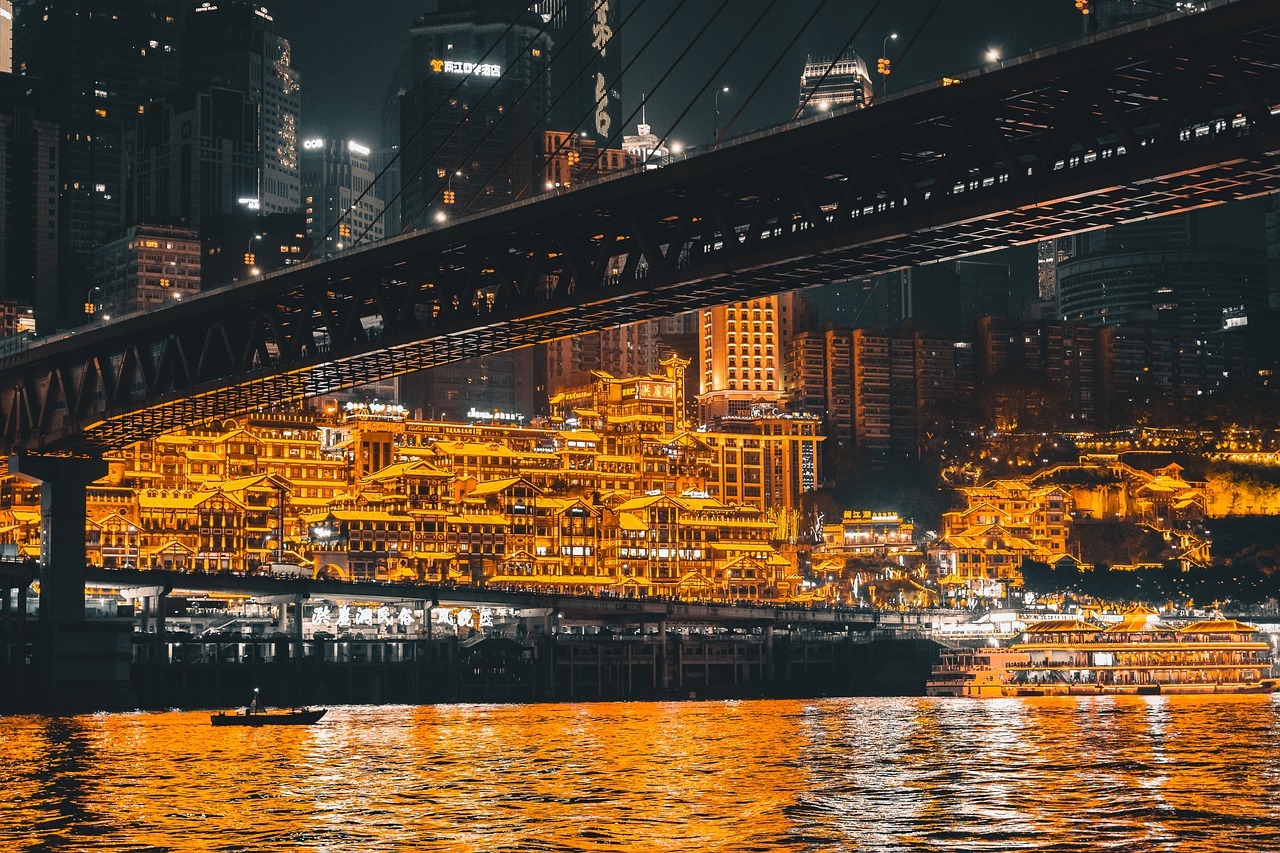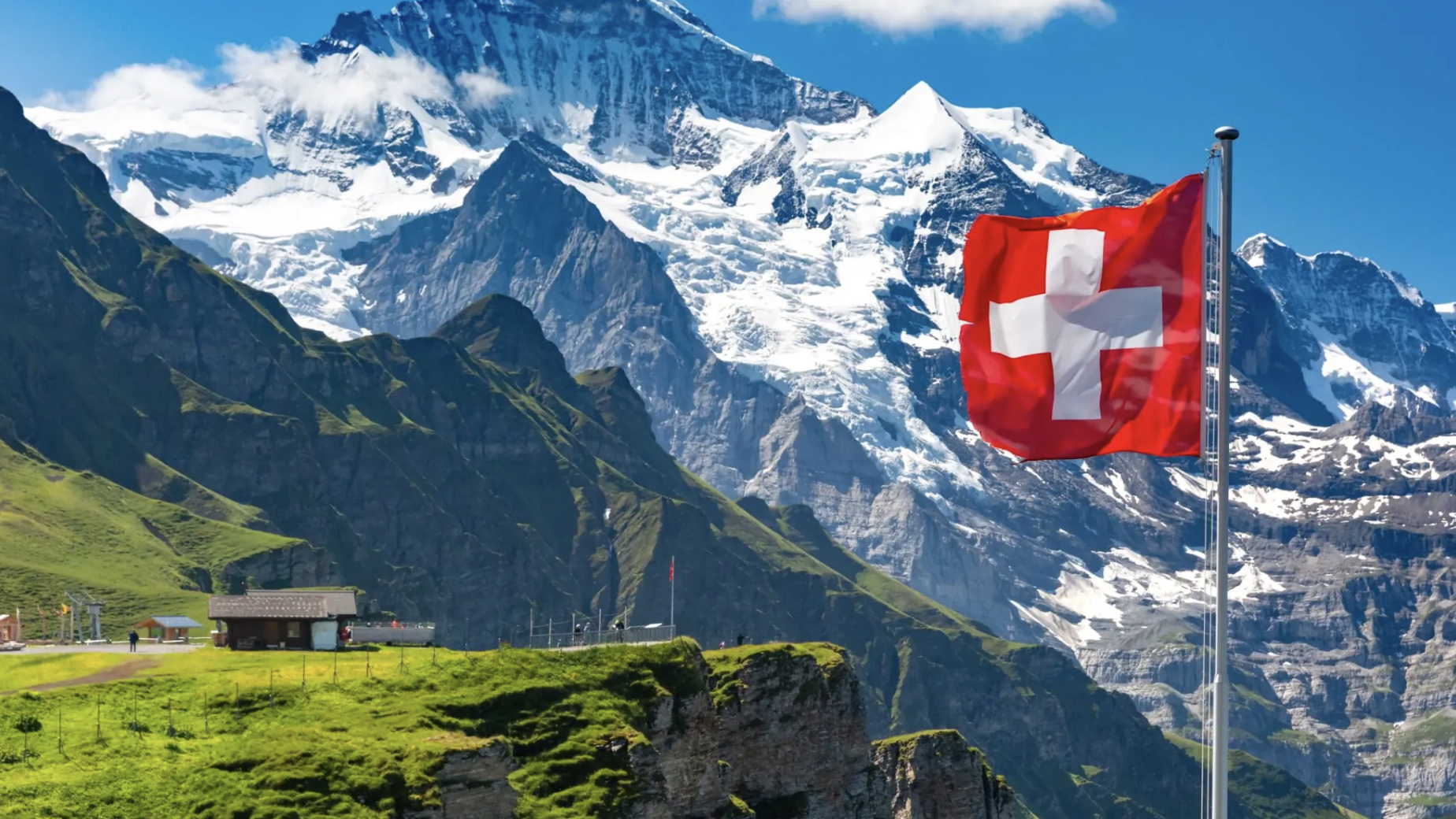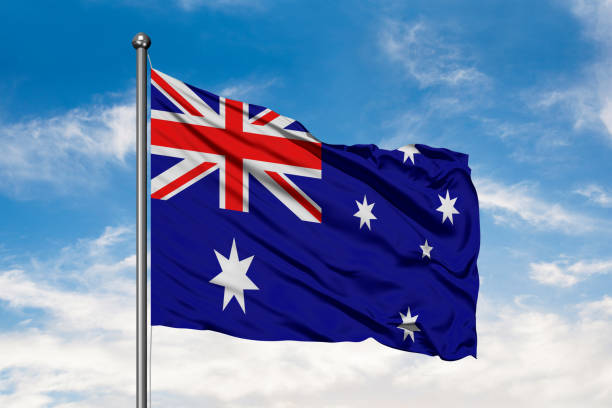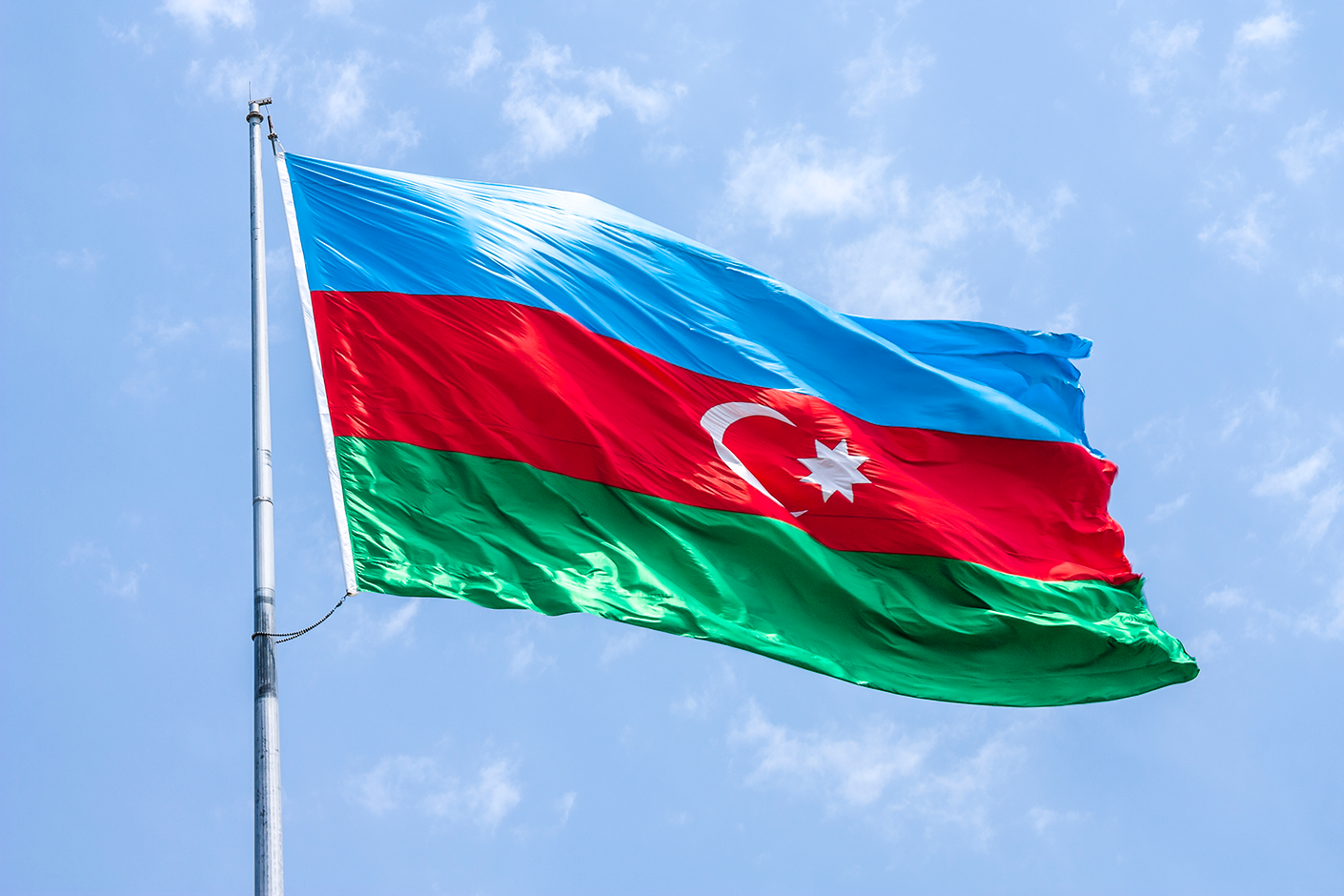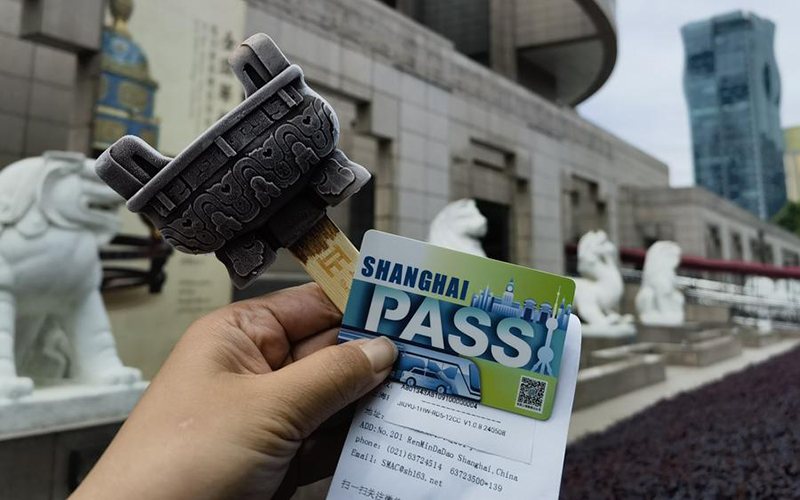MUSEUM OF ISLAMIC ART DOHA
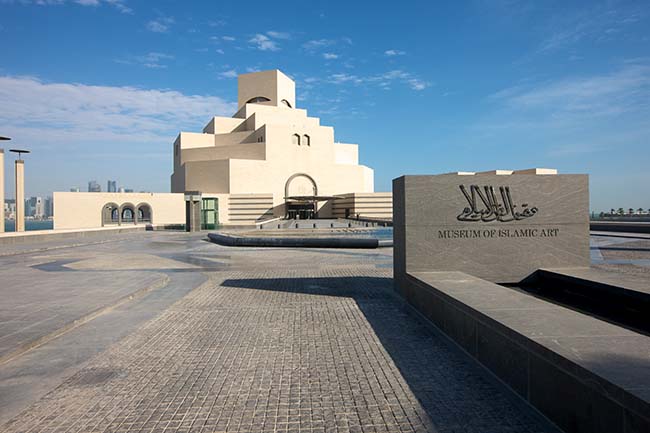
Traditional Islamic architecture meets the 21st century
The museum building has rapidly become an iconic feature of the Doha landscape. Standing alone on reclaimed land, the building draws much influence from ancient Islamic architecture, notably the Ibn Tulun Mosque in Cairo.
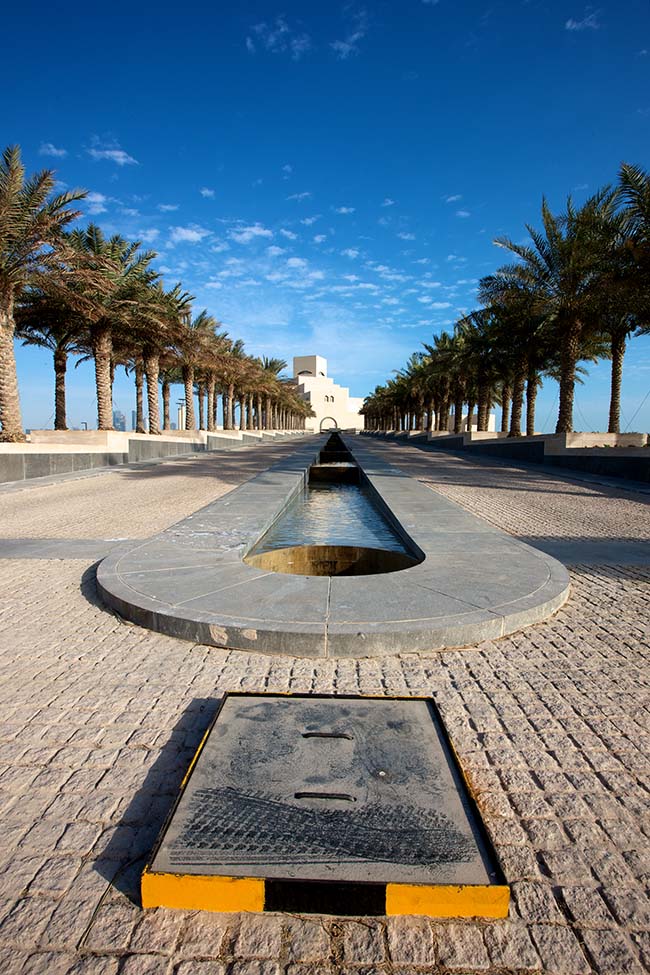
Designed by Pritzker Prize-winning architect I.M. Pei, the Museum is comprised of a main building with an adjacent education wing connected by a large central courtyard. The main building rises five-storeys, topped by a high domed atrium within a central tower.
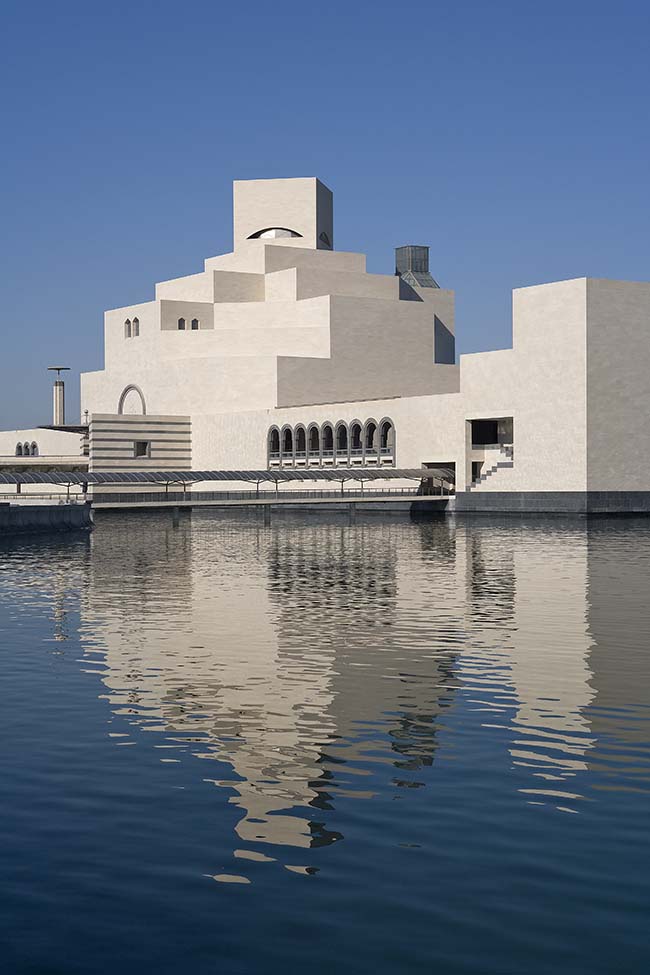
The cream-coloured limestone captures the changes in light and shade during the day. The interior is no less spectacular. The centrepiece of the atrium is a curved double staircase leading up to the first floor. Above it floats an ornate circular metal chandelier echoing the curve of the staircase. An oculus, at the top of the atrium, captures and reflects patterned light within the faceted dome. The five-storey 45-metre tall window on the north side gives spectacular panoramic views across the bay. The geometric patterns of the Islamic world adorn the spaces, including the ceilings of the elevators. A variety of textures and materials from wood and stone has created a unique environment for the museum’s stunning collections.
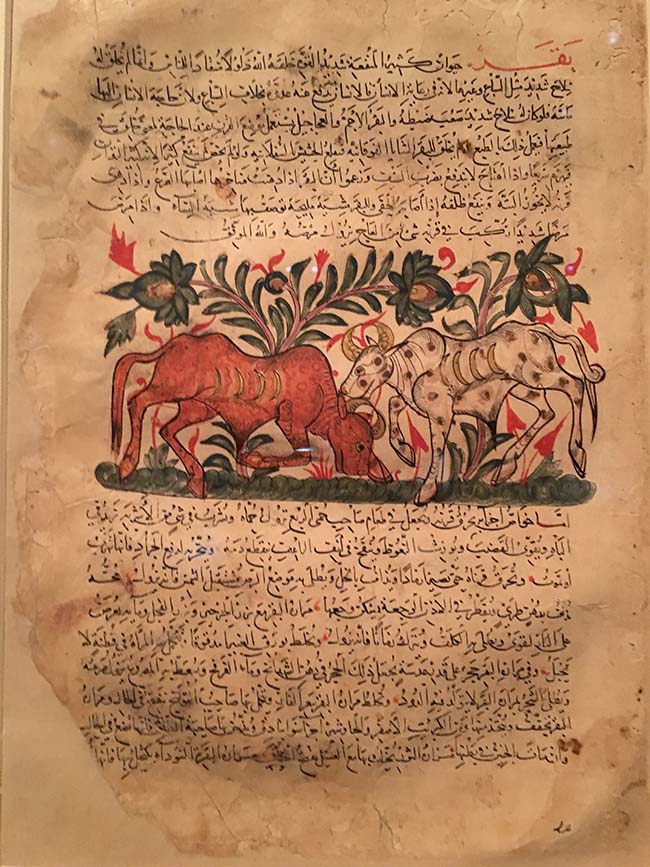
MANUSCRIPTS COLLECTION
The collection has over 800 manuscripts from Qur’ans from the 7th century to Ottoman works of the 19th century. As well as the Qu’rans, you will see manuscripts on science, literature and religious subjects. The famous Abbasid Blue Qur’an is one the finest and rarest manuscripts in the Islamic world. The museum displays two of only five known pages from the largest Qur’an in the world, the Timurid Baysunghur Qur’an.
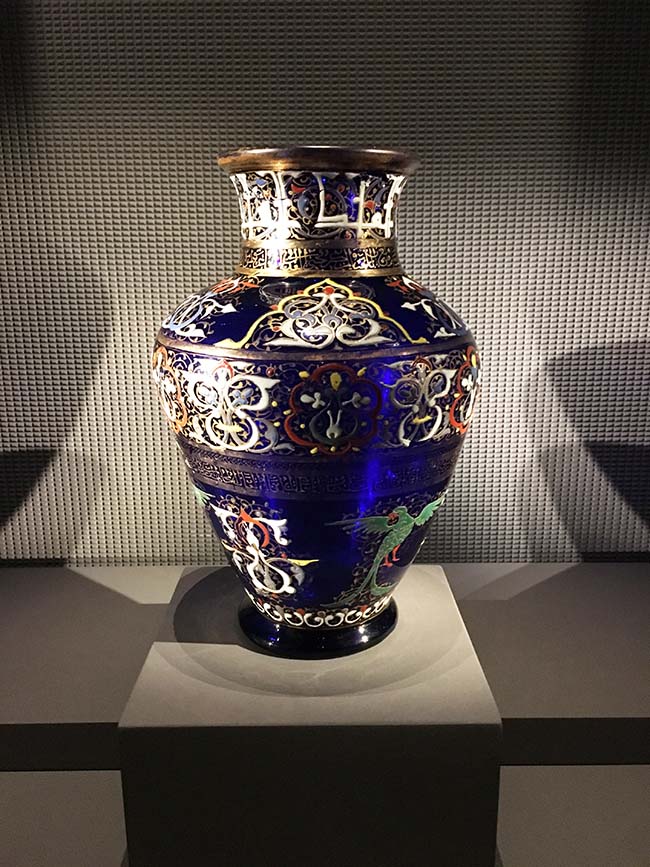
CERAMICS COLLECTION
As well as being objects of great age and beauty, the ceramics in the museum were also meant to be used. From humble kitchen wares to elaborate tile panels, ceramics were a vital part of everyday life in the Islamic world. They exemplify the external influences and internal creativity that inspired this flourishing of ceramic design over 12 centuries.
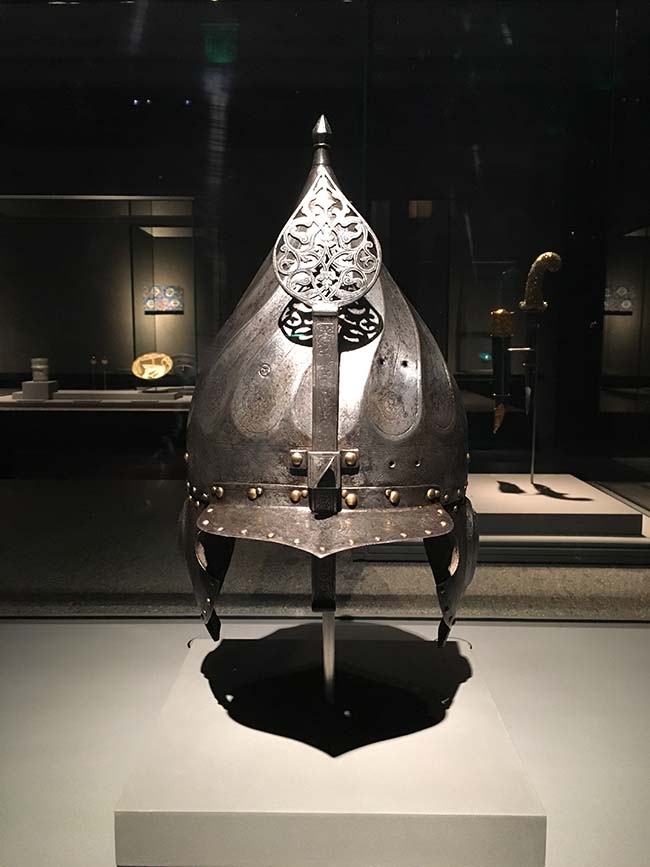
METALWORK COLLECTION
Much of the metalwork collection is fit for caliphs, emperors and sultans. Highly skilled metalworkers crafted vessels of bronze, brass or steel, which they decorated with gold and silver. From arms and armour and scientific instruments, to household objects, the collection represents the highest-quality metal work of the Islamic world from the 7th century to modern times.
RAMADAN OPENING TIMES
Sunday 8pm – Midnight
Monday 8pm – Midnight
Tuesday Closed
Wednesday 8pm – Midnight
Thursday 8pm – Midnight
Friday Closed
Saturday 8pm – Midnight
MIA will be closed from 1 – 14 August
MIA will be closed the first day of Eid
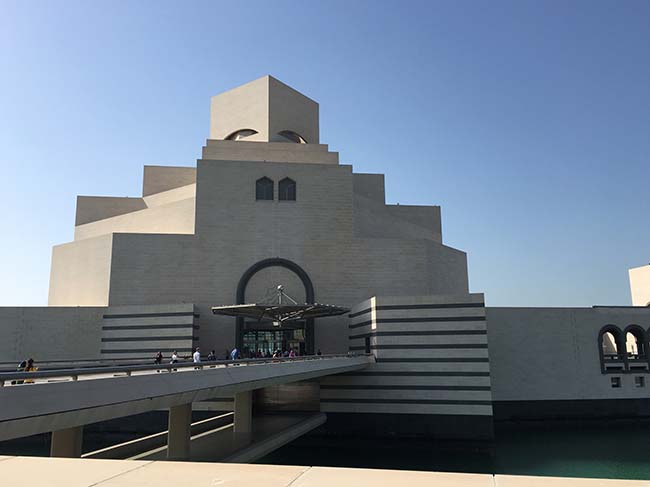
MUSEUM OPENING TIMES
Sunday 10:30am to 5:30pm
Monday 10:30am to 5:30pm
Tuesday Closed
Wednesday 10:30am to 5:30pm
Thursday 12pm to 8pm
Friday 2pm to 8pm
Saturday 12pm to 8pm
Last admission 30 minutes before closing. Galleries, Gift Shop and Café close 15 minutes before closing.

